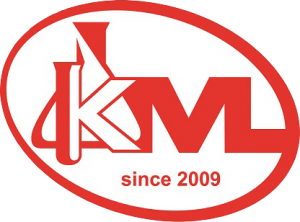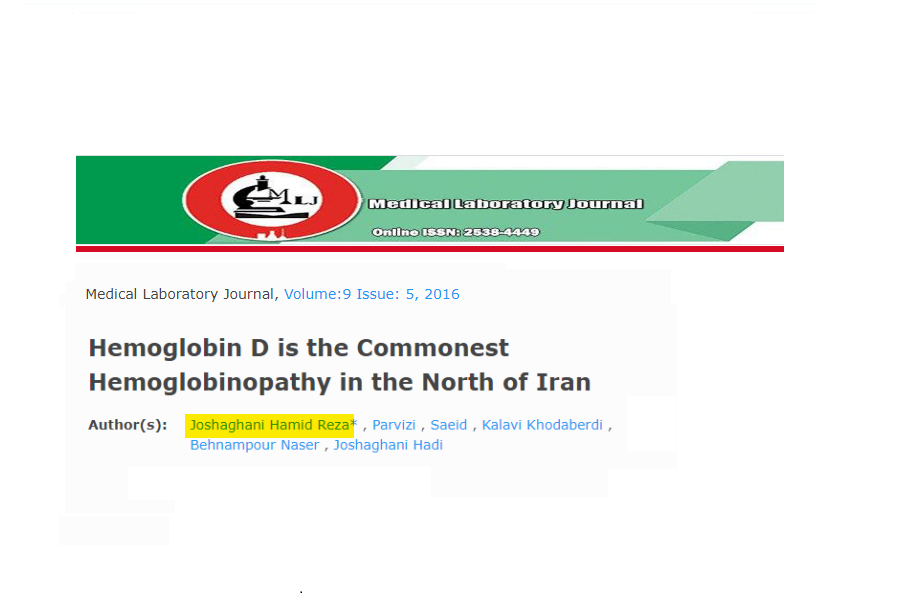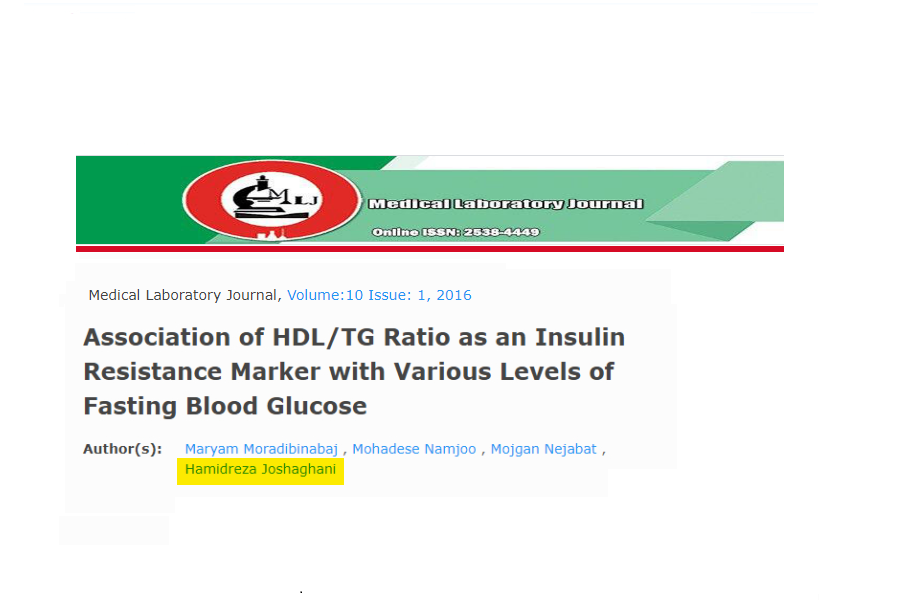بررسی میزان فومونیزین و زئارالانون در گندم سیلوهای استان گلستان ، شمال شرقی ایران
Abstract:
Mycotoxins are secondary fungal metabolites that can contaminate stored foods and lead to various complications. Golestan province has a humid climate so on it is considered as a high risk area for fungal contamination of wheat products, therefore this study was aimed to evaluate the levels of fumonisin (FB) and zearalenone (ZEA) contamination in wheat, stored in the province’s silages which has a humid climate. 35 samples of stored wheat were collected from silages of 14 cities in the province. FB and ZEA were extracted from samples and later their levels were measured using enzyme-linked immunosorbant assay method by the commercially available kits. Fungal mycoflora of the samples was identified too. 31 out of 35 samples were contaminated by ZEA, while only 3 samples had FB contamination. Temperature or relative humidity had no effect on the prevalence or concentration of these toxins. The mean±SD for ZEA and FB were 3.77±۲٫۴۶ ng/g and 0.034±۰٫۱۱ ng/g, respectively which were lower than the maximum tolerated level for mycotoxins in food and feed. 29 out of 35 samples (82.84%) had one of four fungi types which went under detection. The detected levels of FB and ZEA in wheat samples of this province are lower compared with other similar studies in Iran and particularly northeastern of Iran. Despite the low concentrations in our study, it is recommended to monitor the occurrence of ZEA and FB in wheat and wheat products to ensure safety and consequently improved public health.




پاسخ دهید
میخواهید به بحث بپیوندید؟مشارکت رایگان.